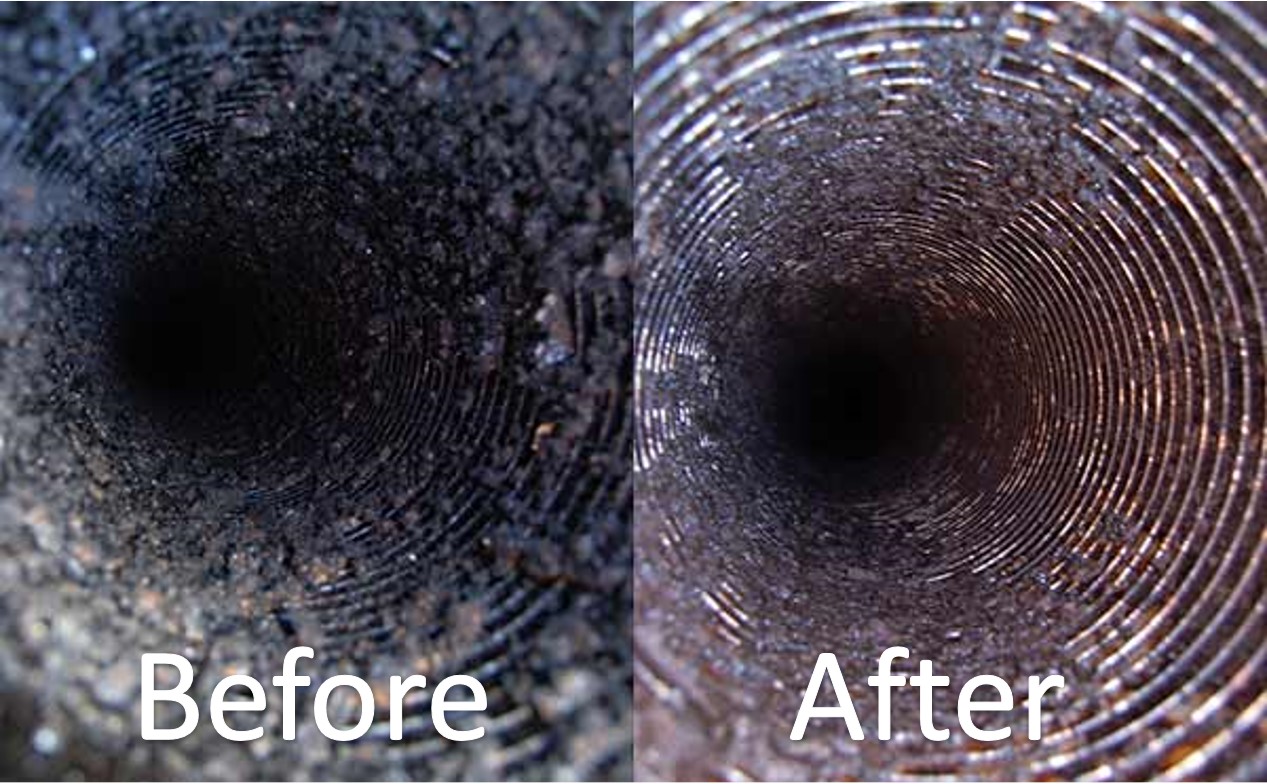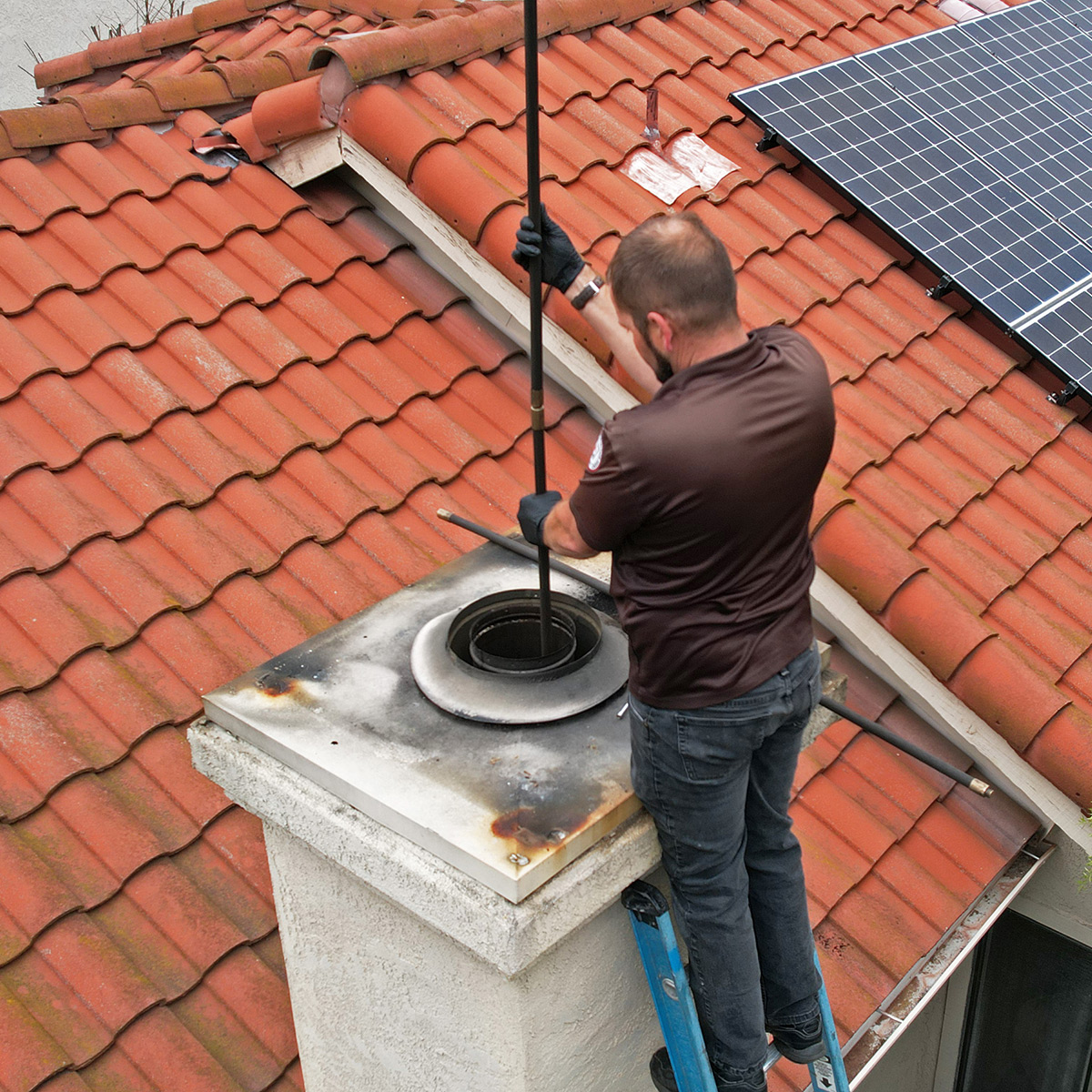Boost Your Home's Safety and security with Proven Chimney Maintenance San Jose Approaches
Boost Your Home's Safety and security with Proven Chimney Maintenance San Jose Approaches
Blog Article
Specialist Tips for Effective Smokeshaft Upkeep You Need to Know
Chimneys serve as critical elements in numerous homes, providing heat and convenience. From the significance of regular examinations to secure operational practices, a thorough technique to chimney upkeep is vital.
Significance of Normal Assessments
Regular examinations of chimneys are essential for guaranteeing their safety and capability. Chimneys play a crucial duty in venting out unsafe gases and preserving proper air flow in a home. Over time, creosote accumulation, debris, and architectural damage can take place within the chimney, presenting serious threats such as chimney fires or carbon monoxide leakages.
During a chimney examination, trained specialists assess the condition of the smokeshaft, seeking any type of signs of damages, blockages, or damage. They also inspect the honesty of the flue, chimney lining, and smokeshaft cap to ensure whatever remains in proper working order. By determining and addressing issues early, costly repairs or prospective threats can be prevented.
Normal inspections not only assist in keeping the safety and security of the chimney but likewise add to its general performance. A tidy and well-maintained chimney operates much more efficiently, making sure appropriate air flow and lowering the threat of interior air contamination. Consequently, organizing yearly smokeshaft assessments is a positive procedure that house owners can require to secure their property and loved ones.
Cleaning Strategies and Regularity
Preserving the security and efficiency of a smokeshaft entails not only regular inspections yet additionally carrying out suitable cleaning strategies and figuring out the optimal regularity for cleansing. Chimneys need to be cleaned up by a professional chimney sweeper a minimum of annually, even if they are not frequently made use of. Nevertheless, if the smokeshaft is utilized on a regular basis, particularly with wood-burning cooktops or fire places, it might need more regular cleanings to protect against the accumulation of creosote, a very flammable material that can cause chimney fires.
House owners must never ever disregard smokeshaft cleansing, as it is necessary for keeping a useful and secure smokeshaft system. Routine cleanings not only decrease the risk of chimney fires yet likewise boost the smokeshaft's general efficiency and durability.
Dealing With Chimney Leaks

When addressing smokeshaft leaks, extensive inspection and punctual repair services are essential to prevent water damages and maintain the architectural integrity of the smokeshaft. Leakages in a smokeshaft can result in serious concerns such as mold and mildew growth, damage of the chimney structure, and also potential fire threats. To efficiently resolve chimney leaks, beginning by inspecting the smokeshaft cap, crown, flashing, and masonry for any type of indicators of damage or wear. Chimney caps must be securely in location to stop water from entering, while the crown and flashing must be undamaged and correctly sealed. Any kind of splits or gaps in the masonry must be fixed promptly to avoid water seepage. In addition, take into consideration waterproofing the chimney to my site offer an additional layer of defense versus dampness. Regular maintenance and evaluations can assist find and resolve chimney leakages early, conserving you from pricey fixings and ensuring the safety and durability of your chimney.
Understanding Creosote Accumulation
To recognize the prospective hazards of creosote build-up in smokeshafts, it is vital to identify its formation process and influence on smokeshaft performance. Creosote is a black or brown tar-like substance that gathers inside smokeshaft systems when wood or nonrenewable fuel sources are melted. As smoke increases through the smokeshaft, it condenses and cools down, resulting in the formation of creosote, which follows the chimney wall surfaces.

Regular smokeshaft inspections and cleanings by a professional chimney move are crucial in avoiding creosote build-up and ensuring the secure procedure of your smokeshaft system.
Safe Procedure Practices
Applying proper safety and security protocols is crucial for the secure and efficient procedure of chimney systems. Constantly make certain that the chimney is skillfully inspected and cleaned up consistently to remove any type of creosote build-up, which can lead to chimney fires.
Moreover, see to it to only burn experienced timber in your fire place, as wet or eco-friendly timber can produce even more creosote and create unsafe smokeshaft obstructions. Finally, never leave a fire ignored and always see to it the fire is totally snuffed out prior to going to bed or leaving your house. By adhering to these secure procedure techniques, you can enjoy a relaxing and cozy fire while making sure the safety and security of your home and loved ones.
Verdict
To conclude, keeping your smokeshaft is necessary for guaranteeing its security and effectiveness. Regular inspections, correct cleansing strategies, resolving leaks, managing creosote accumulation, and complying with risk-free operation techniques are crucial aspects of smokeshaft upkeep. By staying on top of these tasks, you can protect against prospective risks and prolong the life-span of your chimney. It is essential to focus on chimney upkeep to keep your home secure and warm during the chillier months.
Over time, creosote buildup, debris, and architectural damages can take place within the chimney, posturing severe risks such as chimney fires or carbon monoxide leaks.
If look at more info the smokeshaft is used regularly, particularly with wood-burning stoves or fireplaces, it might require even more frequent cleansings to prevent the accumulation of creosote, a highly flammable compound that can lead to smokeshaft fires. (Chimney Maintenance San Jose)
To understand the prospective dangers of creosote accumulation in chimneys, it is necessary to acknowledge its development procedure and influence on chimney performance. As smoke climbs through the chimney, it condenses and cools down, leading to the development of creosote, which adheres to the smokeshaft wall surfaces.
Constantly make certain that the chimney is expertly checked and cleaned frequently to eliminate any kind of creosote build-up, which can lead to smokeshaft fires.
Report this page